Strike force: Mallorcan artist Miquel Barceló takes Salamanca by storm
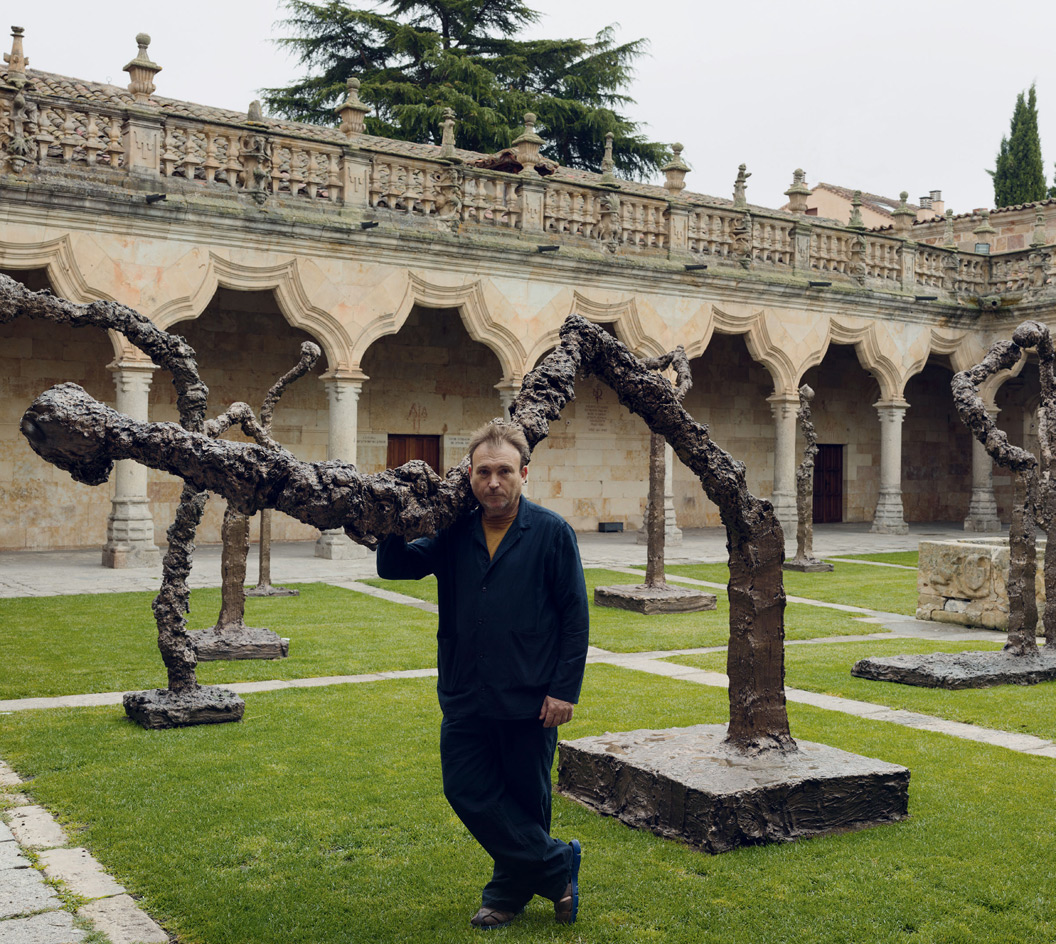
Miquel Barceló hasn’t eaten octopus or squid for four years. ‘I would rather eat cat,’ he declares. The Spanish artist has developed an affinity with the marine animals, meeting them in the Balearic Sea on his frequent dives (‘I feed them a little,’ he says with a twinkle) and bringing them into his artistic output. Here’s one in an exuberant drawing, escaping from the inside of a towering ceramic pot with sides that appear to have been turned into soft, folding textile by the flailing of the cephalopod’s tentacles. Here’s another, swimming across a deep blue painting. Barceló even says he has injected himself with squid ink for a project, yet to reach fruition, that investigates how these creatures communicate through their skin.
Barceló grew up in Mallorca and the flora and fauna of island life suffuse his work, 80 pieces of which are currently on show in Salamanca. The city in western Spain – a dazzling jigsaw of perfect Spanish Renaissance buildings in honey-coloured sandstone, replete with exuberant decorative flourishes – is celebrating the 800th anniversary of its famous university and asked Barceló to help it do so. Though perhaps not a household name in the UK or even the US, the artist is a much admired and acquired star in continental Europe.
In Salamanca’s Hospedería Fonseca, a student hall of residence with 16th century origins, the exhibition hall is hung with huge paintings of tomatoes and peppers floating in limpid blue grounds. In the adjoining chapel, fruits, fish, birds and mounds of wound-up wool dot the 6x4m canvas that is Barceló’s monumental interpretation of the Noah’s Ark myth (he worked on it for eight years). On an adjacent wall is a high Renaissance altarpiece by Alonso Berruguete, with figures so bloodied, ecstatic and crazed by fervour that the ark looks like a sane place to be.
In the city’s 18th-century Plaza Mayor, a bronze elephant, nearly 8m tall, balances on its trunk in an act of either desperation or glee (Londoners will have seen a partner piece in this year’s Frieze Sculpture Park). ‘I like to occupy the city,’ says Barceló when we retire to the university accommodation he always occupies when in town, all dark wood and deep red textiles, for a glass of wine and a chat. ‘I like to mix my work with history.’
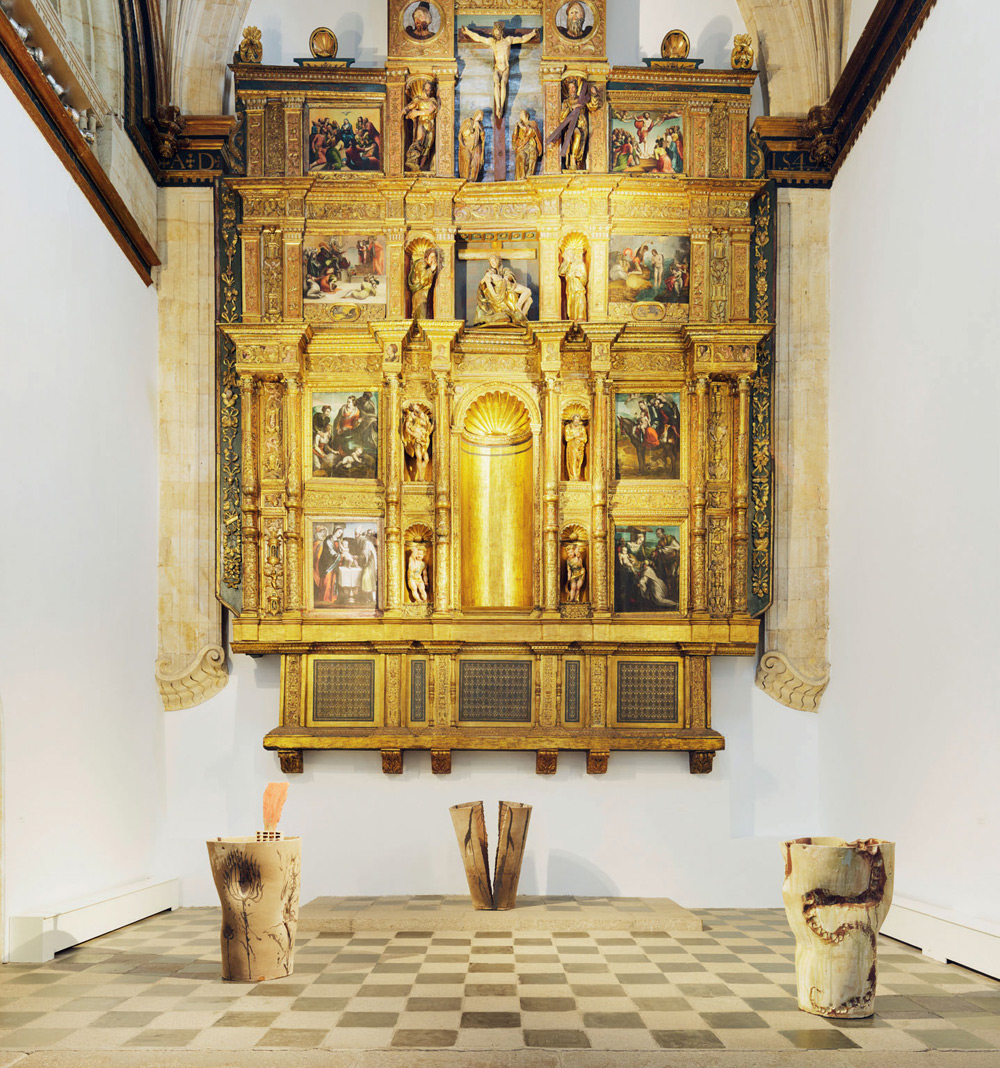
Barceló's ceramic pieces beneath a 16th-century altarpiece by Alonso Berruguete in the Hospedería Fonseca
Twenty-six of the watercolour illustrations he made for an edition of Dante’s Divine Comedy between 2001 and 2003 form a showstopping ensemble in the Patio de Escuelas exhibition hall. ‘I’ve always wanted to illustrate Proust’s Le Temps retrouvé, but with people from my own life,’ he says. ‘It would be very cruel.’ A self-portrait on parchment in ink and gold acrylic, made in India in 2013, shows Barceló Brahmalike with three heads. In real life, he looks rather more like Juergen Teller.
Now 60, Barceló was already making waves in his early twenties, having arrived in Paris with a neo-expressionist style that he quickly left behind. Since then, his work has moved from the figurative and beyond back to abstract expressionism: visceral bronze sculptures, outsized ceramics, and huge crumpled canvases featuring horses.
He’s not so much an autodidact as a sponge. ‘I’ve only spent a week in an art school, but my mother gave me my first watercolours when I was eight,’ he says. ‘I started trying to copy Manet paintings from books.’ Such was his passion for paint that he tried to apply the watercolours as if they were oils, using up his full complement on day one. ‘I’ve always felt a relationship with the material itself,’ he says. ‘Now I feel it with clay.’
Barceló’s art school seems to have been the somewhat illustrious company he has kept: Cy Twombly in Naples in 1984 (his influence is everywhere); Antoni Tàpies, whom Barceló visited every time he went to Barcelona; Javier Mariscal, with whom he took an African road trip (Barceló’s identity for Salamanca’s anniversary celebrations owes more than a little to the celebrated graphic designer’s style). Then there are the women of Mali: the clay pots they make led to his heavy ceramic works. Barceló moved to the West African country in 1987 to escape the toxicity of New York, where he had been living. Of 1980s Manhattan, he says: ‘It was a big party, but one at which people all around me were dying of drugs and HIV.’
He learned a lot from the fakers of Mali, too. ‘It’s easy to copy a Dogon sculpture in wood,’ he says. ‘But to make it like an 18th-century sacrificial piece, you need to add the dried blood, the bat shit, the fake accumulation of time.’ It taught him, he says, to value patina, and he looks around the time worn room we are in and laughs.
Barceló has never thought small. His first Paris studio was in a deconsecrated church near the Panthéon. His current home and studio in the Marais, acquired in 1991, is a maison particulière with its own generous garden. ‘We have birds singing, in the middle of the city.’ In Mallorca, he tells me, he has a 12th-century stone tower; it’s where he makes the big ceramic pieces. ‘I only have one assistant, who is also the local farmer, and a guy who looks after the kiln, because it’s so specialised.’ (And, one imagines, incredibly huge.) Barceló works for 12 hours a day and friends complain he’s always in the studio. ‘But that’s my privilege as a painter: to spend time alone,’ he says. ‘I need to try and to fail.’
In the delicately scaled-down courtyard of the Escuelas Menores in Salamanca is an installation called 14 Alumettes, a forest of spent matches rendered in bronze, some more than 3m high, all in various stages of curling diminishment. ‘They are the people I’ve known who burned themselves out,’ says Barceló of these near-anthropomorphic stalagmites, which are skinny yet urgent, a bit like Alberto Giacometti’s men.
He is preparing a show in Zurich of another example of extinction. Barceló has made bullfighting paintings since the 1990s and designed the poster for the last-ever bullfight held in Barcelona in 2011. While the 1990s paintings traced the passage of daylight across the arena, the new ones suggest religious parallels – the blood and sacrifice that Berruguete revelled in on his altarpiece are here implied in arenas that glow like the sun. ‘It’s something from the old world that we don’t want any more. It’s about the end of something,’ says Barceló, an artist whose own work is far from being done.
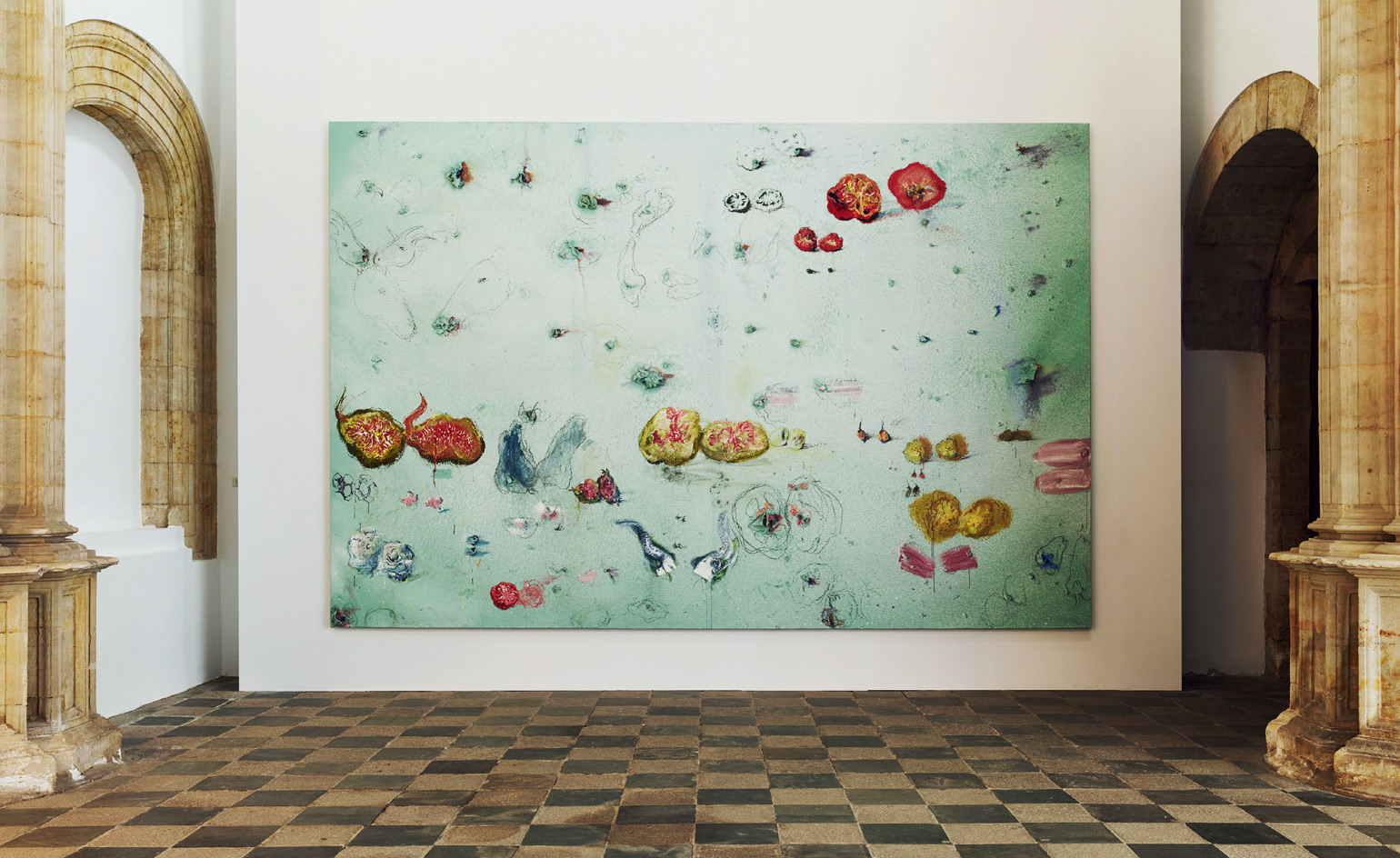
El Arca De Noé (Noah’s Ark), 2014, Barceló’s interpretation of the biblical myth, on display in the Hospedería Fonseca
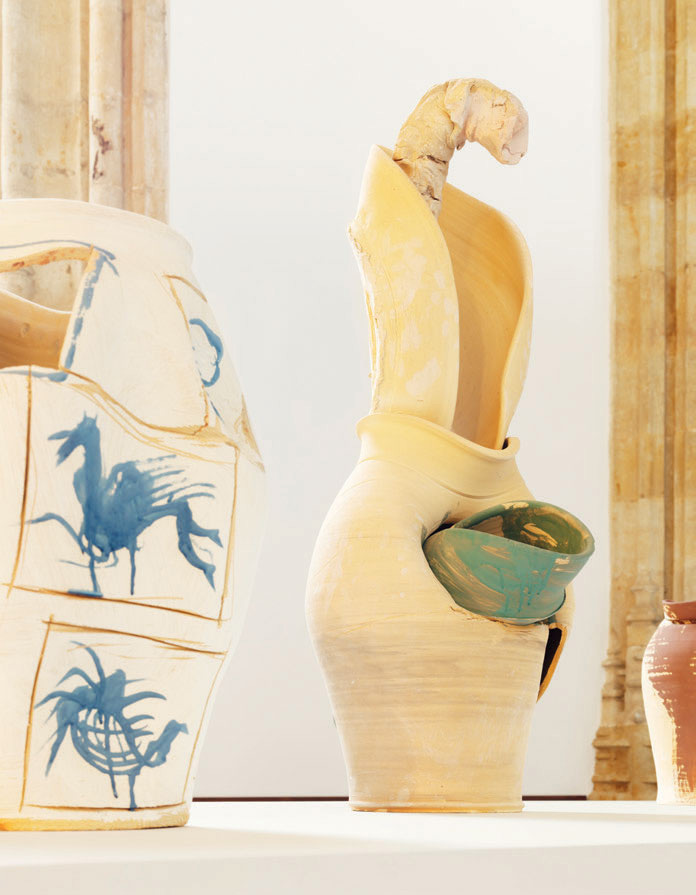
Barceló’s ceramics on display include Prédynastique (Predynastic), 2016, and Ram (Bouquet), 2016
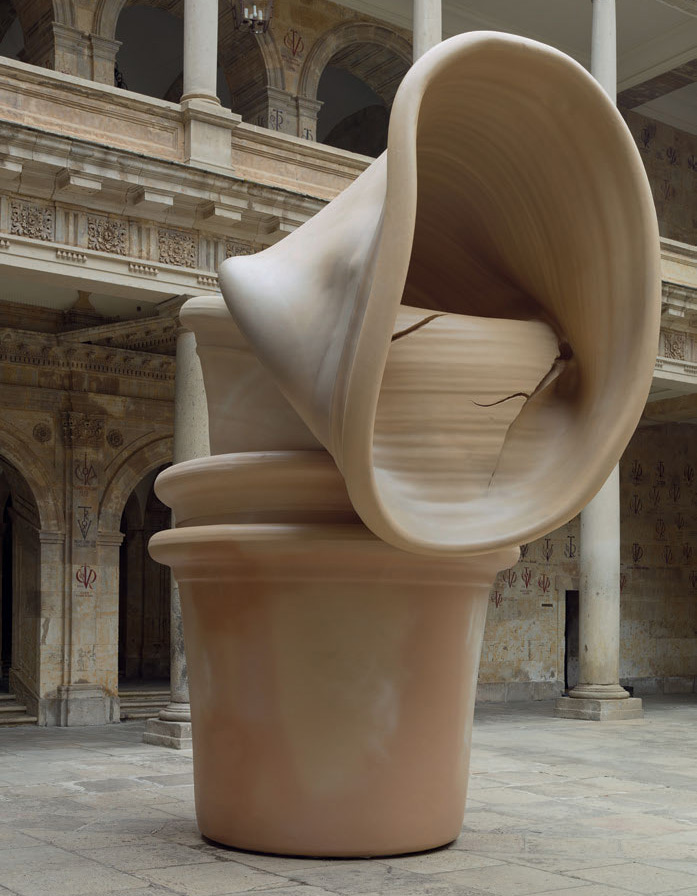
INFORMATION
‘El Arca de Noé’ is on view until 1 October. ‘Gran Elefant Dret’ is at the Frieze Sculpture Park, London, until 8 October. ‘El Planeta de los Toros’ will be showing at Tobias Mueller Modern Art, Zurich, from 13 October to 2 February 2018. For more information, visit the Tobias Mueller Modern Art website
Receive our daily digest of inspiration, escapism and design stories from around the world direct to your inbox.
-
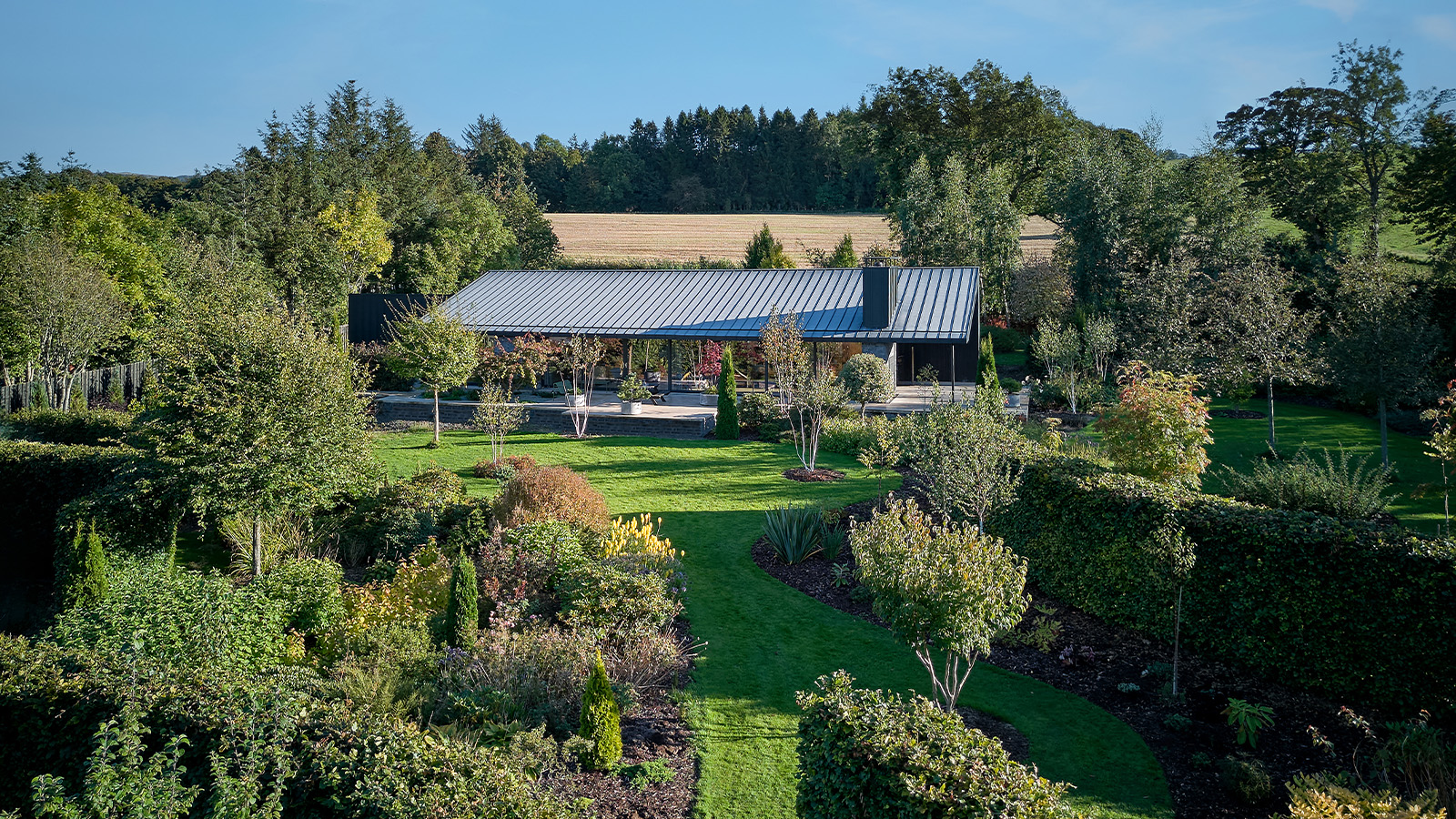 A compact Scottish home is a 'sunny place,' nestled into its thriving orchard setting
A compact Scottish home is a 'sunny place,' nestled into its thriving orchard settingGrianan (Gaelic for 'sunny place') is a single-storey Scottish home by Cameron Webster Architects set in rural Stirlingshire
-
 7 colours that will define 2026, from rich gold to glacier blue
7 colours that will define 2026, from rich gold to glacier blueThese moody hues, versatile neutrals and vivid shades will shape the new year, according to trend forecasters
-
 In Norway, discover 1000 years of Queer expression in Islamic Art
In Norway, discover 1000 years of Queer expression in Islamic Art'Deviant Ornaments' at the National Museum of Norway examines the far-reaching history of Queer art
-
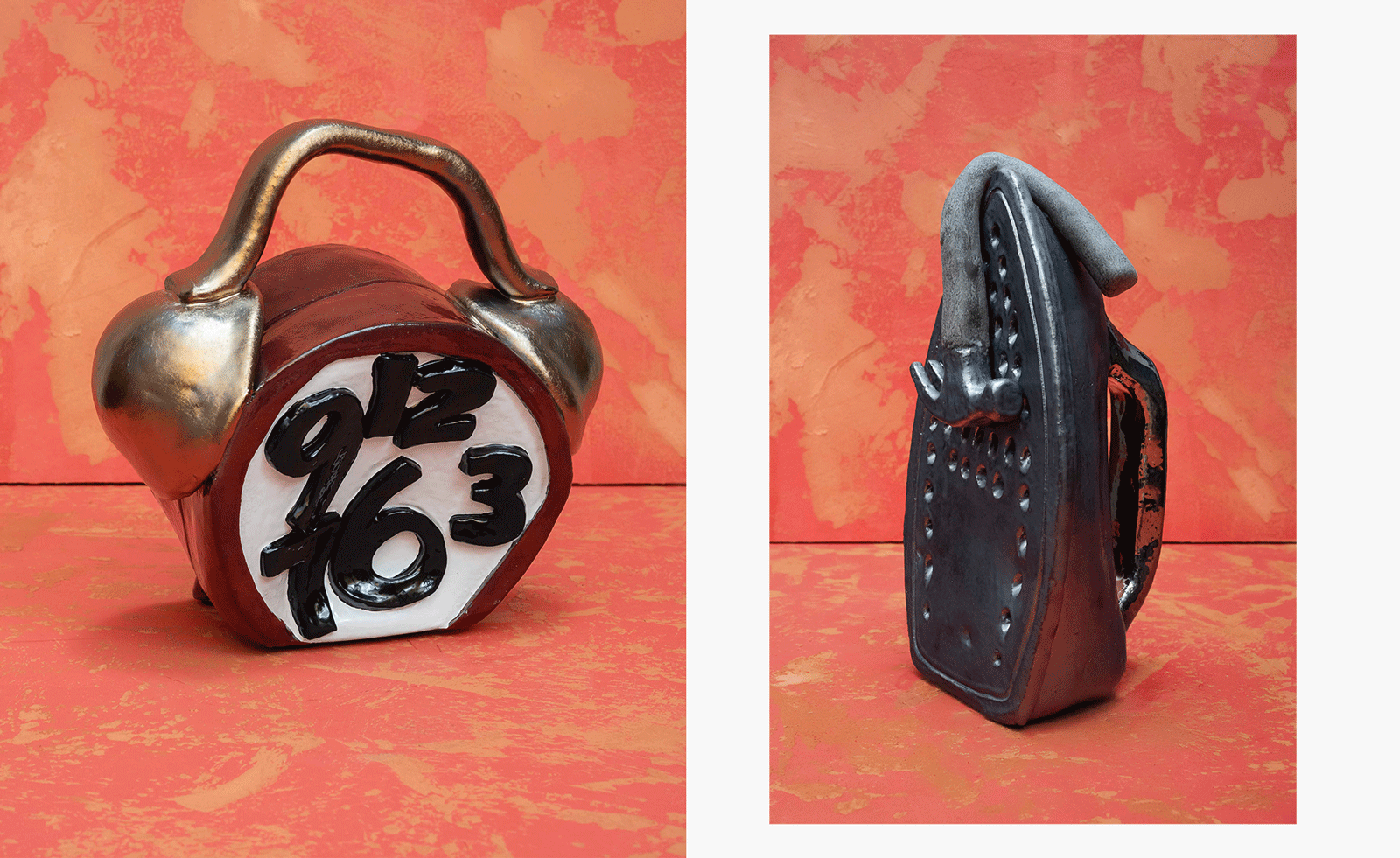 Sculptor Woody De Othello paints a Miami museum red for a show that ‘almost hugs you’
Sculptor Woody De Othello paints a Miami museum red for a show that ‘almost hugs you’The Miami-born, California-based artist opens his first museum exhibition in his hometown as an experiential journey through life and lifeless objects
-
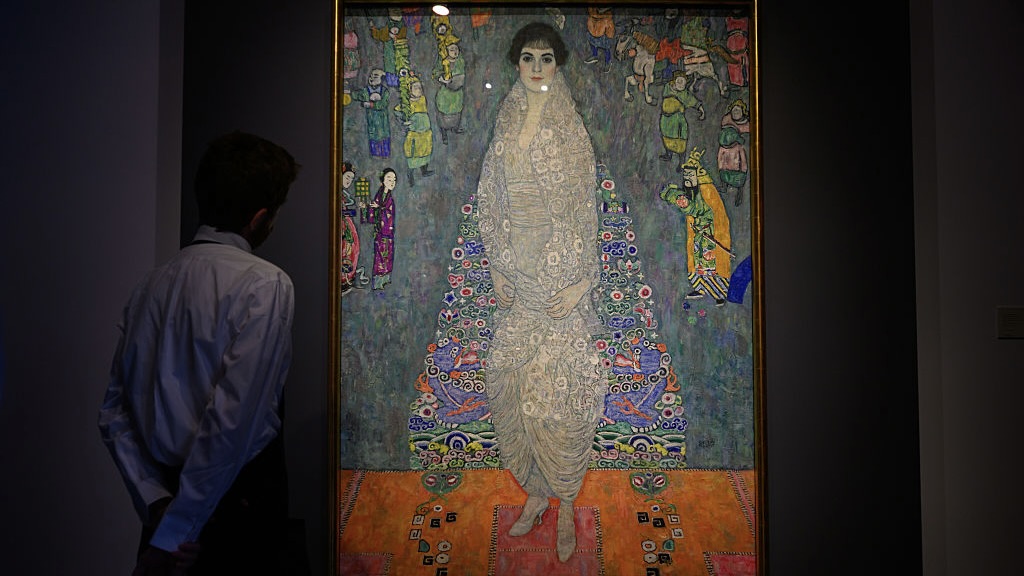 This Gustav Klimt painting just became the second most expensive artwork ever sold – it has an incredible backstory
This Gustav Klimt painting just became the second most expensive artwork ever sold – it has an incredible backstorySold by Sotheby’s for a staggering $236.4 million, ‘Portrait of Elisabeth Lederer’ survived Nazi looting and became the key to its subject’s survival
-
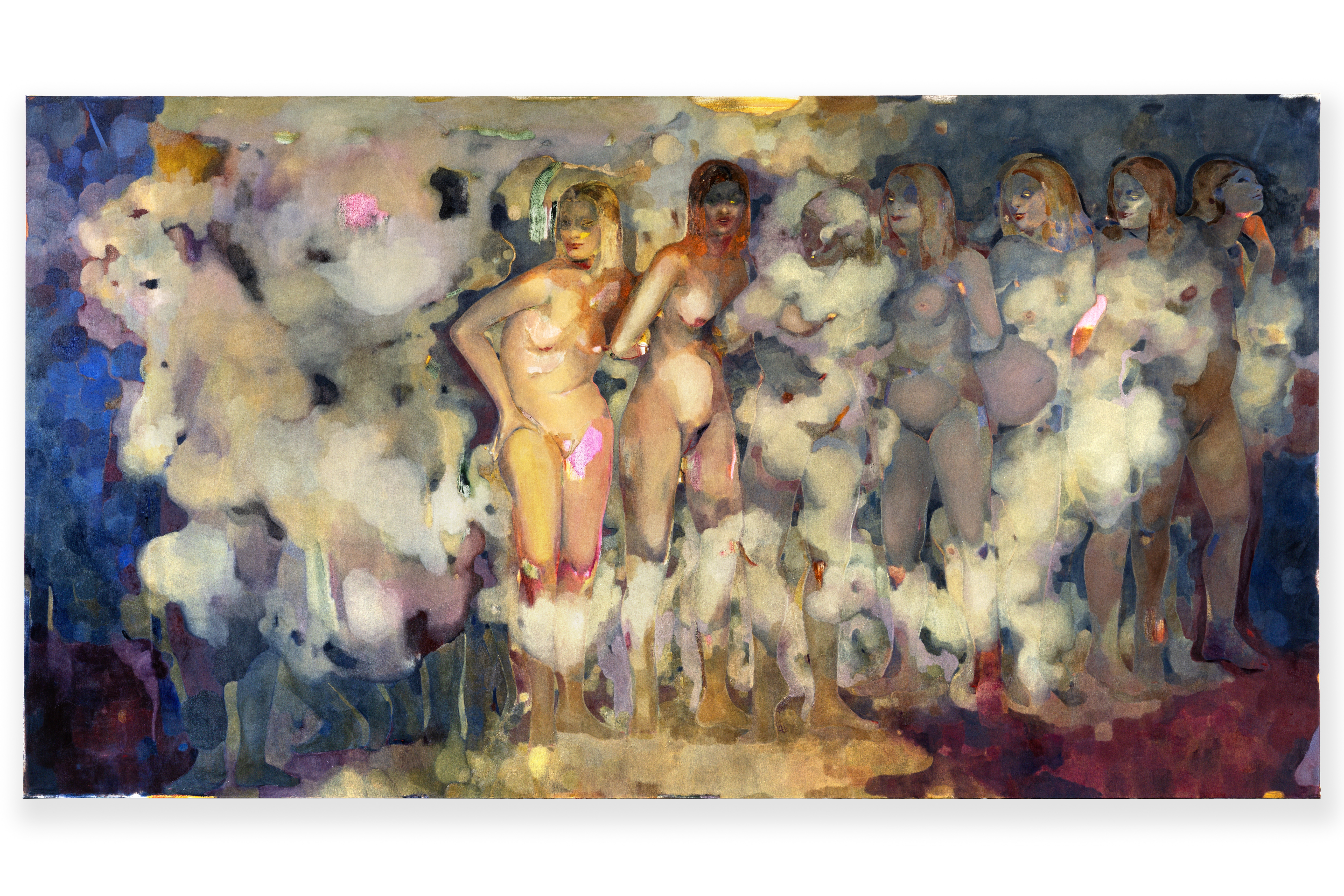 Meet Eva Helene Pade, the emerging artist redefining figurative painting
Meet Eva Helene Pade, the emerging artist redefining figurative paintingPade’s dreamlike figures in a crowd are currently on show at Thaddaeus Ropac London; she tells us about her need ‘to capture movements especially’
-
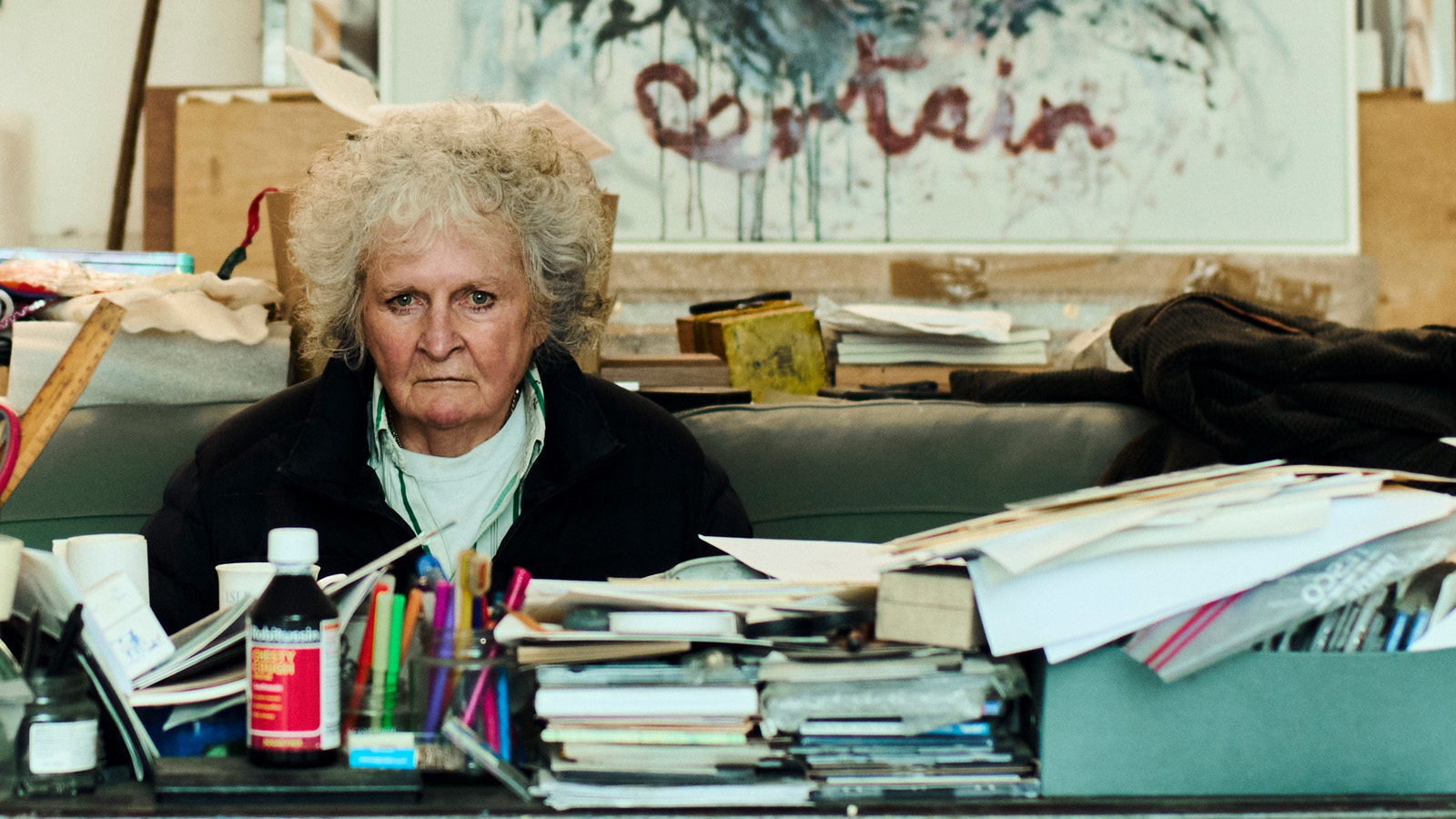 Maggi Hambling at 80: what next?
Maggi Hambling at 80: what next?To mark a significant year, artist Maggi Hambling is unveiling both a joint London exhibition with friend Sarah Lucas and a new Rizzoli monograph. We visit her in the studio
-
 Out of office: The Wallpaper* editors’ picks of the week
Out of office: The Wallpaper* editors’ picks of the weekThis week, the Wallpaper* editors curated a diverse mix of experiences, from meeting diamond entrepreneurs and exploring perfume exhibitions to indulging in the the spectacle of a Middle Eastern Christmas
-
 Artist Shaqúelle Whyte is a master of storytelling at Pippy Houldsworth Gallery
Artist Shaqúelle Whyte is a master of storytelling at Pippy Houldsworth GalleryIn his London exhibition ‘Winter Remembers April’, rising artist Whyte offers a glimpse into his interior world
-
 ‘Sit, linger, take a nap’: Peter Doig welcomes visitors to his Serpentine exhibition
‘Sit, linger, take a nap’: Peter Doig welcomes visitors to his Serpentine exhibitionThe artist’s ‘House of Music’ exhibition, at Serpentine Galleries, rethinks the traditional gallery space, bringing in furniture and a vintage sound system
-
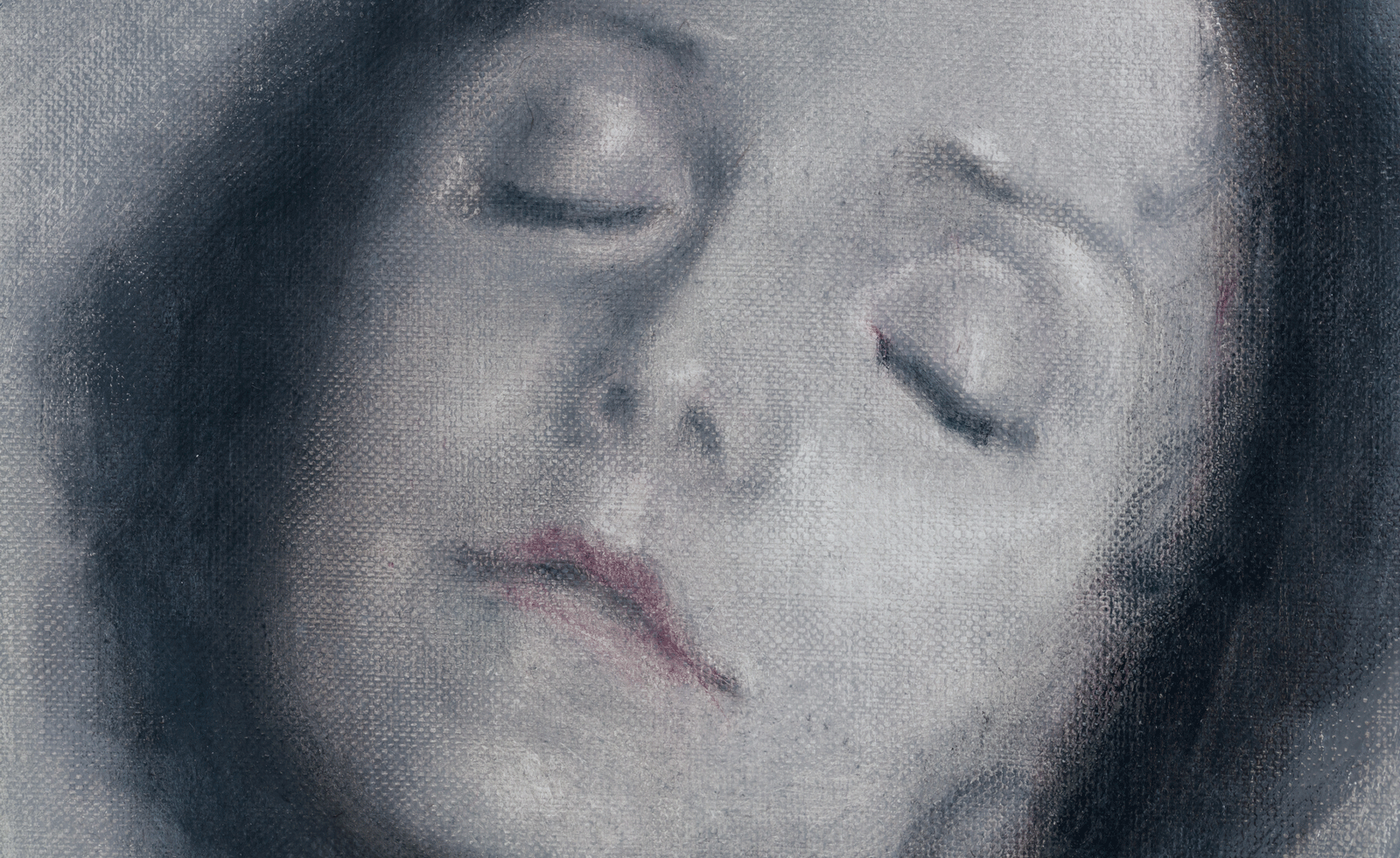 Classic figurative painting is given a glamorous and ghostly aura by Polish artist Łukasz Stokłosa
Classic figurative painting is given a glamorous and ghostly aura by Polish artist Łukasz StokłosaThe gothic meets the glamorous in Stokłosa’s works, currently on show at London’s Rose Easton gallery